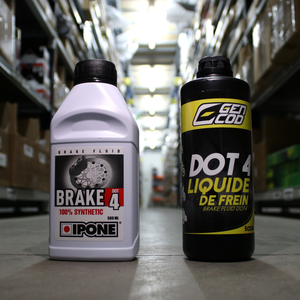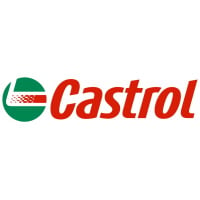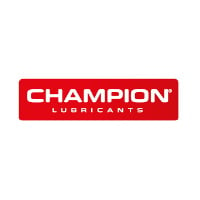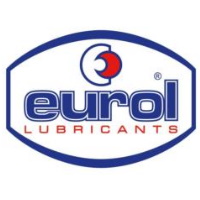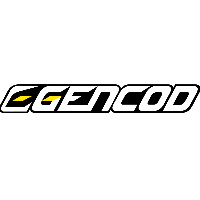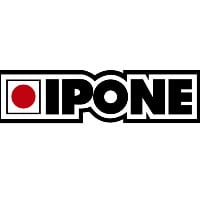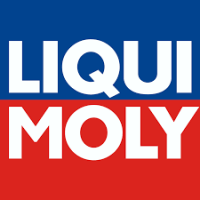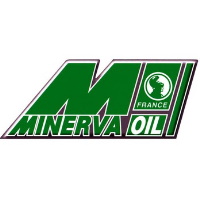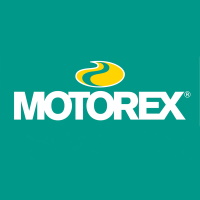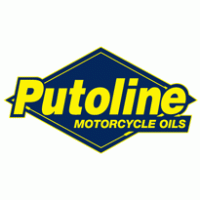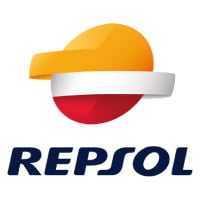
Home > general information > Tips and Guides > Technical guides > Generalists >
How to choose the right brake fluid?
It's time to overhaul your motorcycle and you need to change the brake fluid. But which liquid to choose? Here are some tips and tricks to get it all figured out and know which brake fluid you should choose.
What is brake fluid?
Essential to the good braking of your motorcycle, brake fluid is essential. It works under conditions of very high pressure and heating.
Brake fluid is an integral part of your vehicle's braking system. Indeed, it makes it possible to transmit the force braking when you press the brake pedal or pull the brake handle. Brake fluid travels through the entire hydraulic circuit and into the braking system in order to brake as it should.
Depending on the use of the motorcycle and the braking power required, there are several types of brake fluid, differentiated spar a DOT standard followed by a number that determines their compression ratio. In competition, linked to the use of braided hoses, known as "aviation hoses", its rate will be higher in order to meet extreme use.
What are the general characteristics of brake fluids?
All brake systems for automobiles, motorcycles, trucks and airplanes use DOT fluid. The  «DOT ”(diminutive of Department of transportation in USA) defines a performance standard for hydraulic braking fluids: performance in terms of resistance to boiling, lubrication of moving parts, miscibility of fluids, compatibility with materials (metal, plastics and gaskets).
The boiling point
Main characteristic of brake fluid. When braking, the kinetic energy of the vehicle is converted into heat at the brake pads. Part of the heat is then transmitted par conduction to brake fluid. The brake fluid then starts to boil and gas then appears in the circuit. As the gas is compressible, the grip becomes soft and braking is ineffective. The presence of water in the system lowers the boiling point as the water begins to boil at 100Â °.
The incompressibility of the liquid
If the liquid is compressible, the lever becomes spongy to the point of reaching the stop without transmitting the force to the pistons.
Fluidity
This is measured at -40° in centistokes (mm2/s). The lower the value, the lower the viscosity. The liquid must imperatively remain fluid both cold and hot.
Lubrication
The liquid used must participate in the lubrication of the moving parts of the braking circuit (pistons & seals)
Corrosion protection
This is the weak point of conventional brake fluids which tend to collect water. The risks are then oxidation and seizing of parts (brake calipers, pistons, etc. â € ¦). The formulations generally incorporate corrosion and oxidation inhibitors.
Compatibility with seals
Brake fluid must not interact with rubbers used in the disc brake industry. Not all fluids are compatible with all gaskets. Perform the following experiment: Fill a glass container to the brim with DOT liquid and leave it outside for some time on a non-fragile (paint-free) surface. After some time the jar overflows by itself. The brake fluid has absorbed the moisture contained in the ambient atmosphere, dispersing it thus increasing its volume.
You have just experienced the "hygroscopic" property of DOT fluids. This means that the fluid will absorb moisture from the air. This property of brake fluid is responsible for 95% of hydraulic brake problems.
How do you know which liquid to choose?
For motorcycles, brake fluid is most commonly synthetic, but it can be silicone. The different types of brake fluid are distinguished by par their standard DOT (American standard). As a general rule, manufacturers recommend the DOT4 index. However, check the recommendations of your manufacturer.
- DOT 3 : This is a synthetic oil which is particularly advantageous for so-called drum brakes. Boiling at 205Â ° C dry, 140Â ° C wet
â € “DOT 4 : Also synthetic, it offers a more sophisticated quality. We note, in fact, a point of dry boiling which goes up to 230 Â ° C, and 155 Â ° C once humidified. Vehicles equipped with ABS require DOT ratings greater than or equal to 4.
Be careful, however, when changing the brake fluid for vehicles fitted with an ABS car the presence of air bubbles in the ABS hydraulic unit will seriously damage the unit and require you to replace it!
â € “DOT 5.1: For the most demanding, this is an excellent alternative given its highly superior quality. It has been developed with the most recent processes, although its boiling point is no different from DOT 4. The distinction is largely based on its less viscous character. It is therefore recommended in the event that you adopt a sporty driving style or want to have powerful braking. Boiling at 265Â ° C dry, 185Â ° C wet.
In addition, DOT 5.1 is two times less viscous than DOT 4. In practice, this means that a brake system using DOT 5.1 will have faster response time, better brake modulation and faster pad retraction. During maintenance operations, the low viscosity of the liquid makes it easier to bleed and adjust the pads. DOT 5.1 is less sensitive to volume changes due to temperature rise and provides consistent braking over a wider temperature range than DOT 4.
Special feature of DOT 5: The name can be confusing, car DOT 5.1 and DOT 5 have nothing to do with it. DOT 5 brake fluid is a silicone-based oil, purple in color. Hydrophobic in quality, it is perfect for vehicles that move very little. It is not miscible with synthetic oils. So beware of mistakes, you might have to redo your braking system. It withstands very high temperatures, is more expensive, and must be changed regularly. Unlike synthetic oils, the liquid is not hygroscopic. There is a risk that water will collect in the master cylinder or the calipers will damage the entire system. Its use is reserved for American motorcycles like Harley Davidson.
Reminder: The original DOT standard was quickly superseded epar the Dot 2 standard when the disc brake became commonplace, then was replaced epar the Dot 3 standard still in use today. The evolution towards ever more efficient vehicles (ABS braking) required a more efficient and fluid liquid, DOT 4. DOT3, DOT4 and DOT5.1 are synthetic fluids based on Polyalkylene Glycol. They are generally amber in color and have the advantage of being miscible with each other. They are not corrosive for the rubber seals of brake calipers and cylinders. Unlike the others, the DOT5 is made from silicone. It is hydrophobic and therefore less susceptible to ageing. This difference between DOT5 and other fluids explains why it should never be mixed with any other brake fluid other than DOT5.
How often should the brake fluid be changed?
If you lose power in the brakes or the control feels soft, there is probably a problem on this side. It is then time to change your brake fluid for more efficiency. Typically, visits are every one or two years, but this depends on your vehicle manufacturer's recommendation.
The most common threat is moisture absorbed epar the air. Water in brake fluid can lower its boiling point, which will tend to reduce pressure in the brake system and adversely affect performance for the reasons mentioned above. . In addition, moisture can start to corrode certain other components of the brake system.
As we age, brake fluid tends to change from a light or light brown color to a darker color. Contamination par Sometimes humidity will have the same effect, so the cloudy appearance of the brake fluid may be a sign that it is time to replace it. You can also use a brake fluid tester.
You must do a complete brake system drain every 2 years. However, a quarterly check is perfect. The level must be between the "mini" and "maxi" indicators engraved on the small jar usually placed above the brake master cylinder.
Make the level : Too generous filling does not cause any deterioration. But it is normal for the level to drop gradually over time: it corresponds to the lengthening of the stroke of the brake calipers (this is what makes them catch up with the wear of the pads). For this reason, the level is never reset to the "maximum" mark when the brakes are worn car when changing the pads, the overflow will overflow the tank.
Low level : Check the brake pads if the level is near minimum. If they are worn, replace them: the level will go up automatically by pushing back the caliper pistons. On the other hand, if they are new or little worn, it is probably a leak. in the braking system. Apart from DOT, several grades of fluid exist, whether you ride the road everyday in standard or slightly sporty driving with original or even prepped wheels. Select a good quality fluid from a standard DOT as shown on your wheels. However if you ride in competition, that you ride very sport, that you have brake pads racing (which develop a lot of heat), therefore select a high-end fluid with the highest DOT, good pads, a good brake disc, and why not a brake hose aviation, it will offer you very efficient, enduring and precise braking!
Conclusion
Rado you call that the most efficient brake fluids must :
- Have an adequate lubricant character
- Be able to resist corrosion
- To be able to avoid contractions by reducing the swelling of the rubber
- Have a significant boiling point
- Maintain performance even after absorbing moisture
- Remain incompressible to give you a firm feel on the pedal.
Now that you know the different brake fluids, you know you need to check it regularly, and change it every two years or so.
You can check our Video tutorial et explanatory on bleeding brake fluid. Find our circuit traps at 50Factory.
Beware of the corrosive properties of the product which could deteriorate the paint if you pour it on the side!
Last tip : as the liquid changes on contact with air, use small containers. UA container that has been open for more than six months will have lost of sare qualities.






